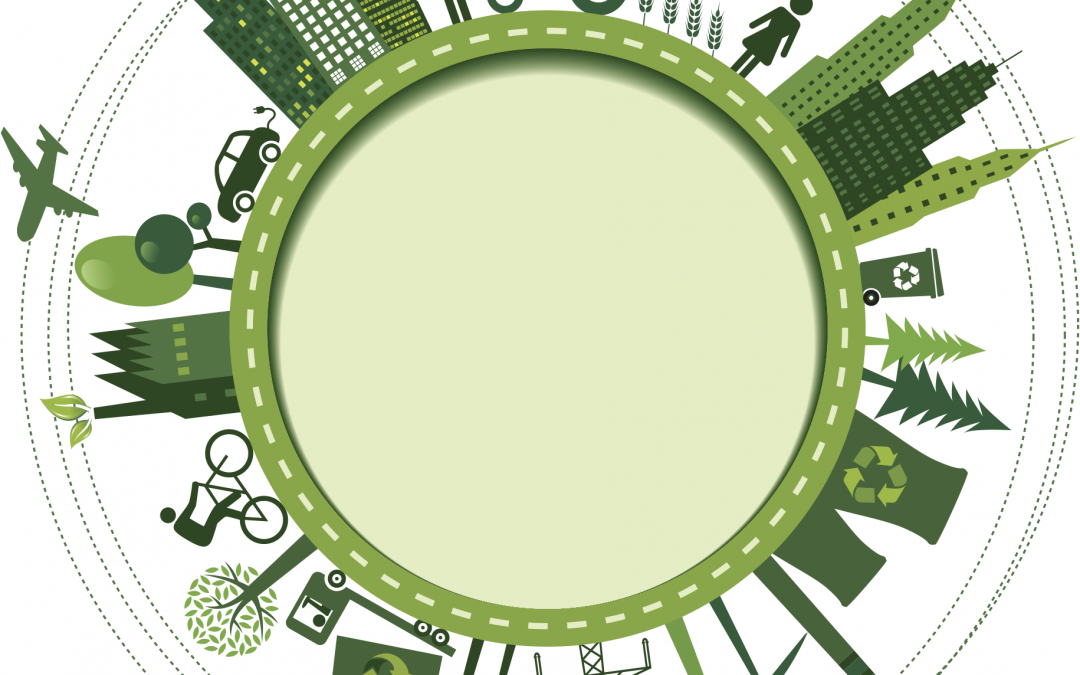I read this article last week: ‘The island of plastic in the Pacific Ocean is larger than the whole of Spain, France and Germany put together.’ I found the headline quite disturbing. The information contained was so overwhelming that it is difficult to imagine what it all means. It is located between Hawaii and California, in an area known as the ‘Great Pacific Garbage Patch’, which is growing by the year and now contains ‘a total of 1.8 trillion pieces of plastic weighing about 80,000 tonnes’ (and, almost just as bad, it continues to grow every day).
These statistics force us to reflect on our habits, the way in which we use and consume goods, and their fate when we no longer need them. According to Eurostat, Europeans generate more than 2.5 billion tonnes of waste each year, of which only 36% is recycled. The construction and mining industries are mostly responsible for this waste, amounting to almost 60% of the total. Households account for 8.3% of the waste generated in the EU. By countries, Spain occupies an intermediate position – ranked 20 out of the 28 EU countries in waste generated per inhabitant – and recycles 36%, the EU average. Whatever the case, there is plenty of room for improvement.
Much of what we throw away is, literally, a waste. We are wasting our resources, which is not only an environmental problem, but an economic one. How much of our wealth have we thrown out with all of that refuse? How many unexplored possibilities? These are the questions that make us think about the need to progress toward the so-called circular economy, which would allow us to reduce the generation of waste by redefining the economic and ecological flows of resources.
In practically all cases, these are resources that could be made use of in the strictest economic and utilitarian sense of the word. Not only is it a way of keeping the planet clean, but also of generating wealth. It is therefore an opportunity.
Accordingly, Enagás has joined forces with the Port of Huelva on a project to recover the residual cold from liquefied natural gas (LNG) in its regasification plants for reuse. This initiative is being developed through E4Efficiency, one of the start-ups created under our innovation and entrepreneurship programme, Enagás Emprende.
The project for making use of the waste cold generated by LNG, which was presented two weeks ago, consists of an innovative system to recover the residual cold generated by the Enagás regasification plant in Huelva for use in the cold storage of goods at the port. As a result, there is an environmental benefit gained through the 90% reduction in our carbon footprint, and also an economic one: energy savings of more than 50%.
This is only one of the energy efficiency projects we are implementing at our facilities. Because of these initiatives, Enagás has reduced its carbon footprint by close to 50% in the last three years.
Many of the most interesting improvements in the most technologically advanced sectors are taking the path or recovery, and the energy sector is one with the greatest scope for improvement. Each one of us, whether we have a limited or broad scope for action, can and must consider just how much we can contribute to making the change. It is essential for everybody’s future.
